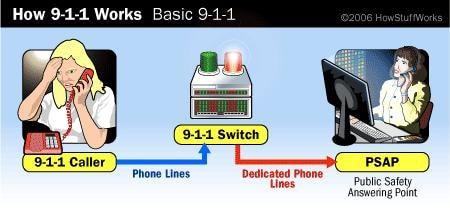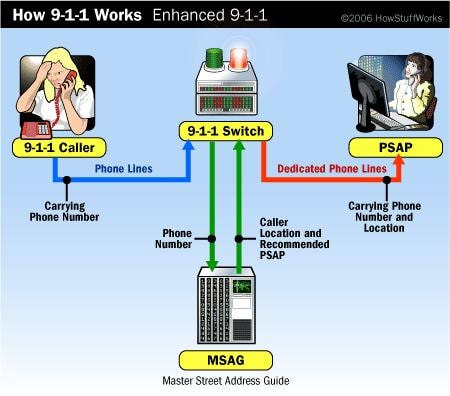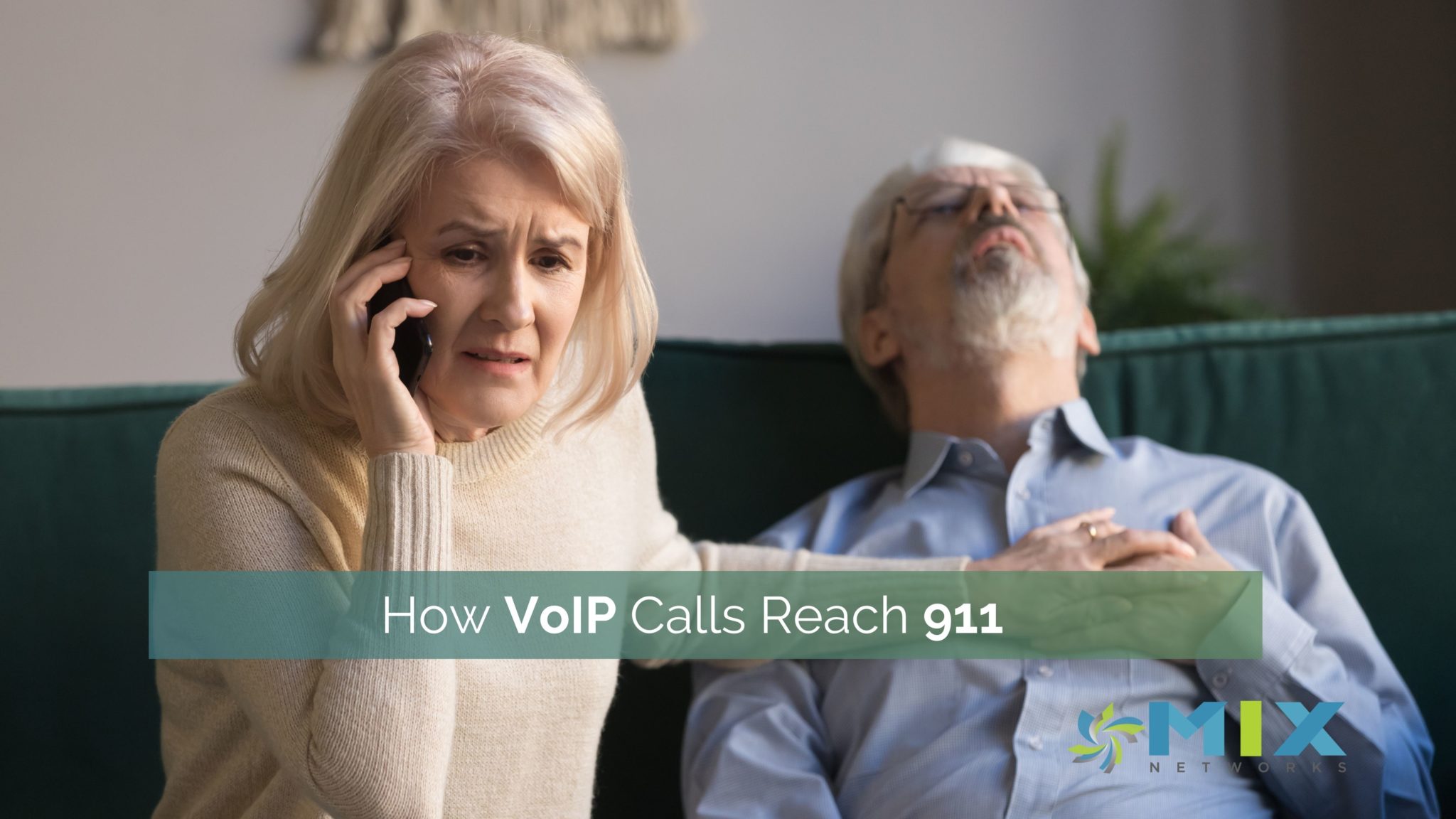In 1957, the catalyst for the development of a single emergency number to reach fire stations, police stations, and medical professionals. 10 years later, the FCC and AT&T settled on 911 as the number of choice for all emergency calls. On February 16th, 1968, the first 911 call was completed by Senator Rankin Fite in Haleyville, Alabama, and in 1973 the delivery of 911 services across the country was recommended by the White House’s Office of Telecommunications. The rest, as they say, was history.
But have you ever wondered how your VoIP call to 911 reaches the right dispatch location?
Effective Emergency Services Need to do These 3 Basic Tasks
Calhoun County in Michigan put together a very informative and comprehensive guide to 911 services and how they work. They said that to provide effective emergency services, the system needs to do the following:
- Recognize when someone dials the emergency number on any phone (even a pay phone when no coins have been supplied)
- Route the call to the nearest answering point based on the call’s originating location
- Notify the appropriate agency as quickly as possible so it can respond to the emergency.
When calling from a traditional PSTN copper line, whether it is a residence, business, or payphone (even without a coin inserted), a call to 911 is routed based on the address of that dedicated line. Calhoun County reports that every PSAP is responsible for maintaining a giant address book of each number assigned to that answering point.
Enhanced, or E911, Streamlines Dispatching Emergency Services

Original implementations of 911 services required the caller to be able to provide the location and address details of where the emergency help was needed. In basic 911 implementations, the location information is not automatically included in the information received by the PSAP. Calhoun County reports the process of receiving a basic 911 call as follows:
- You dial 9-1-1.
- Your phone company recognizes the number and routes the call to a dedicated 9-1-1 switch that sends the call to the designated PSAP for your area.
- The PSAP call-taker (also called an operator or dispatcher) asks what the emergency is, what the location is and for a call-back phone number. The call-taker does not have your number or location information on the screen. He or she actually needs you to provide it. (The PSAP can trace the call and get the information, but that takes longer than you’d think — in the area of 10 minutes, in some cases — because it’s not built into the basic 9-1-1 system.)
- Depending on the emergency, the call-taker uses radio dispatch to alert police, fire and/or EMS to go to the scene.
In 1970, a new system of 911 was developed, coined as “Enhanced 911” or “E911.” E911 differed from basic 911 in one key area, location information was now passed along to the PSAP dispatcher with the call. Enhanced 911 services streamlined the process of dispatching emergency services to where they were needed, and sped up the process of getting help where it was needed.

There were 3 new pieces to an E911 implementation, ANI, MSAG, and ALI.
ANI – Automatic Number Identification – Since the telephone company already knows when you make a telephone call (for billing purposes), E911 uses this information to pass along to the PSAS the telephone number you are calling from.
MSAG – Master Street Address Guide – A collaboration between the telephone company and public agencies created a master address guide and map that matches the phone number with the local PSAP.
ALI – Automatic Location Identification – Using the subscriber database that the phone companies already compile, the E911 system accesses this database to provide the PSAP dispatcher with the address tied to that phone number. This is why maintaining accurate address records for each DID in your VoIP solution is critical.
Calhoun County listed the steps of reaching the PSAP for E911 as follows:
- You dial 9-1-1.
- The phone company computer recognizes the number, accesses the ANI to get your number, and routes the call to the dedicated 9-1-1 switch that acts as a hub for the local network.
- The network uses your number to get your address from the ALI and uses your address to determine the proper PSAP destination from the MSAG (this is sometimes called selective routing, because the switch uses dynamic data to determine where to send your call instead of blindly routing it to a pre-determined PSAP). In most cases, this all takes a little over one second.
- Your phone call now carries your phone number and address along with your voice data to the nearest available PSAP. This information is displayed on the call-taker’s computer when he or she takes your call.
- Some PSAPs simultaneously send that ANI/ALI data to the police computer dispatch network to allow for immediate access.
- If necessary, many PSAPs can transfer your call and your accompanying data to another PSAP.
Kari’s Law and Ray BAUM’s Act Bring Even More Accuracy to 911 Services
By the end of the 20th Century, over 93% of the American population was covered by some sort of 911 service. As Americans have increasingly grown used to the use of 911 as the place to go for emergency help, and technology has advanced, laws such as Kari’s Law and Ray BAUM’s Act help clarify and maintain this critical access by removing barriers to both reaching 911 and first responders ability to locate the person needing help.
Ensure that you are keeping your guests, residents, and employees safe in the event of an emergency and need to call 911. Read more on how Kari’s Law affects 911 calls below or contact us today for your free compliance check.
Kari’s Law Information
Reminder: Kari’s Law Goes into Effect Next Month
What Steps to Take to Ensure Compliance with Kari’s Law
Kari’s Law: What the Hospitality Industry Needs to Know
Ray BAUM’s Act
Ray BAUMs Law 506 Compliance – What it Means for Your Hotel







